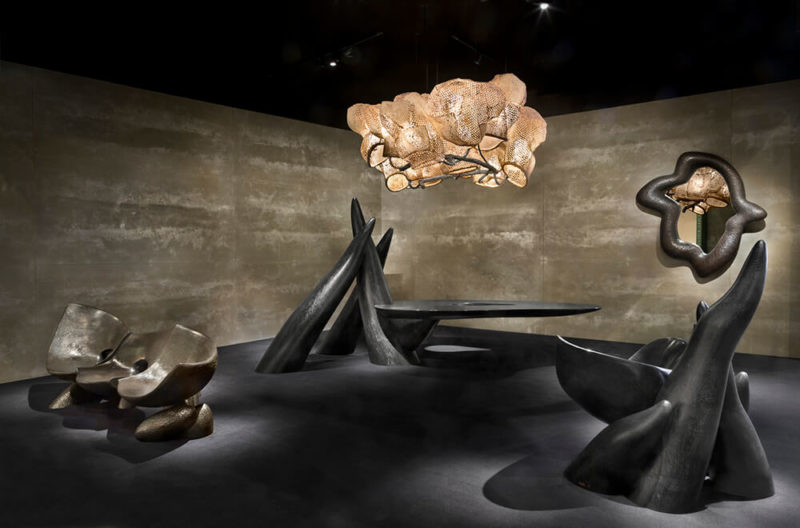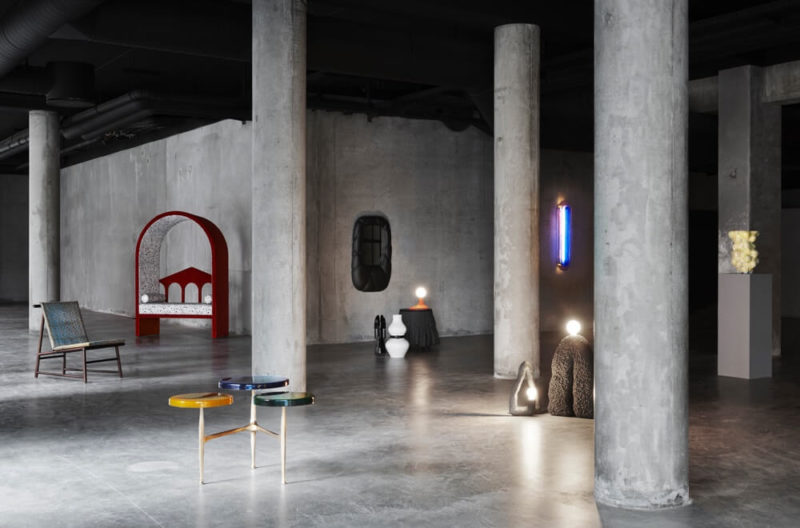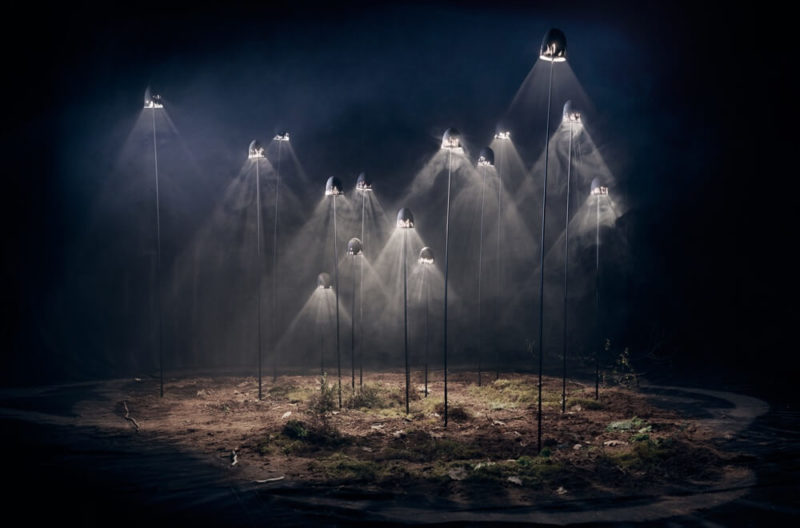Helsinki Design Week
Traditionally inspired by nature and functionality, Nordic design is becoming increasingly eclectic and multisensory.
Messukeskus Expo and Convention Centre & Errojata 2, Helsinki
5th – 15th September
NATURE IMPINGES ON Helsinki wherever you look. On the seafront you are confronted by the forbiddingly vast Baltic and, inland, romantic squares and gardens planted with dahlias and roses constantly appear round every corner. So it’s not surprising that nature inspires many Finnish creatives, as it did mid-century design titans Alvar Alto and Tapio Wirkkala, who favoured organic forms.
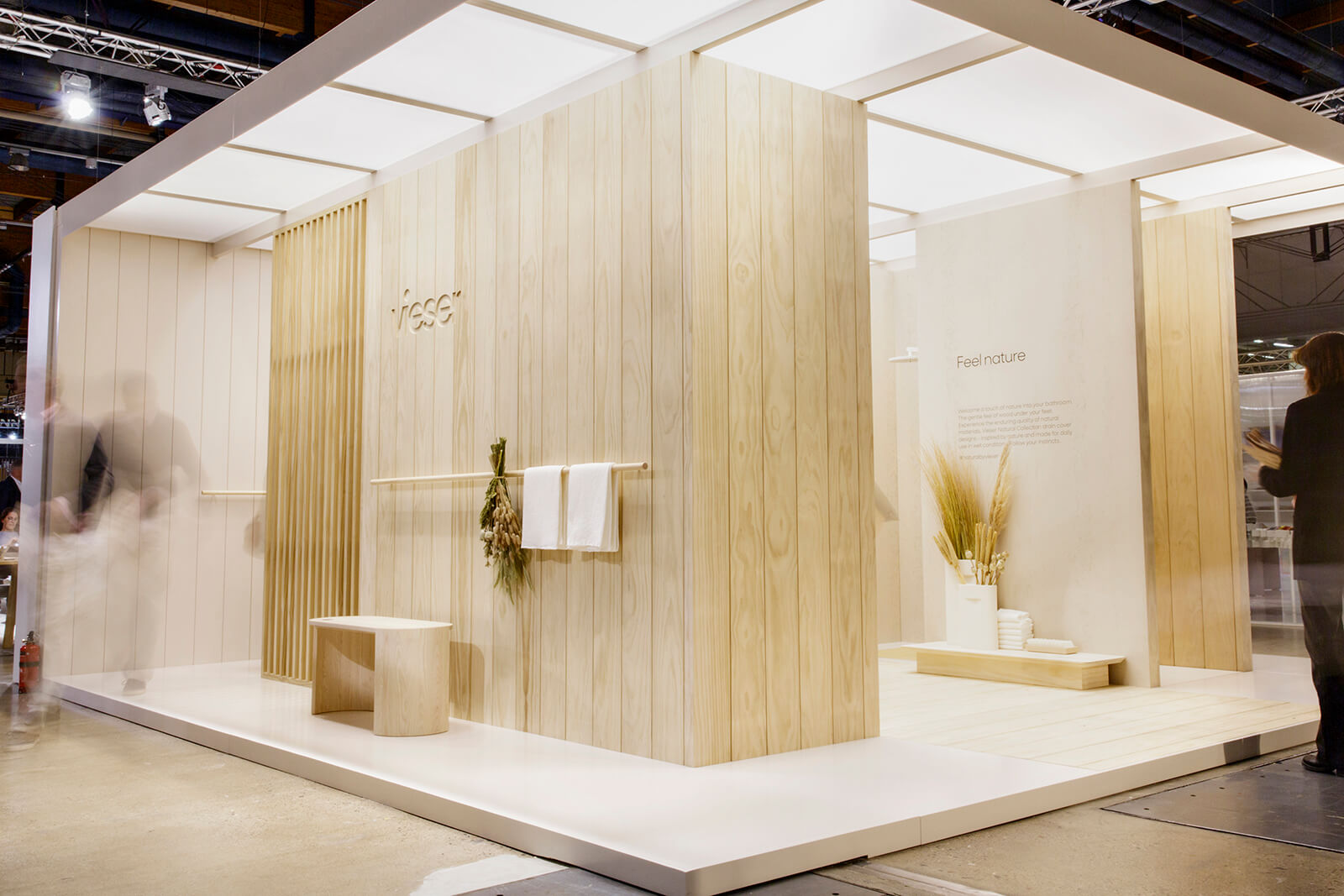
Installation view ‘Habitare’
COURTESY: Habitare
Nature’s influence pervaded the citywide Helsinki Design Week (HDW), held this year from 5th to 15th September. Now in its 15th year, HDW showcased mainly work from Finnish and other Nordic countries, and encompassed around 250 events, including exhibitions, product launches, talks, seminars and workshops. This year two key venues were design trade fair ‘Habitare’ at the Messukeskus Expo and Convention Centre, and Errojata 2, a former palace with five floors filled with exhibitions. Around 400 brands took part in ‘Habitare’, exhibiting their products mostly in individual stands. The fair also featured some themed sections, including ‘Block’, which showed work by young designers.
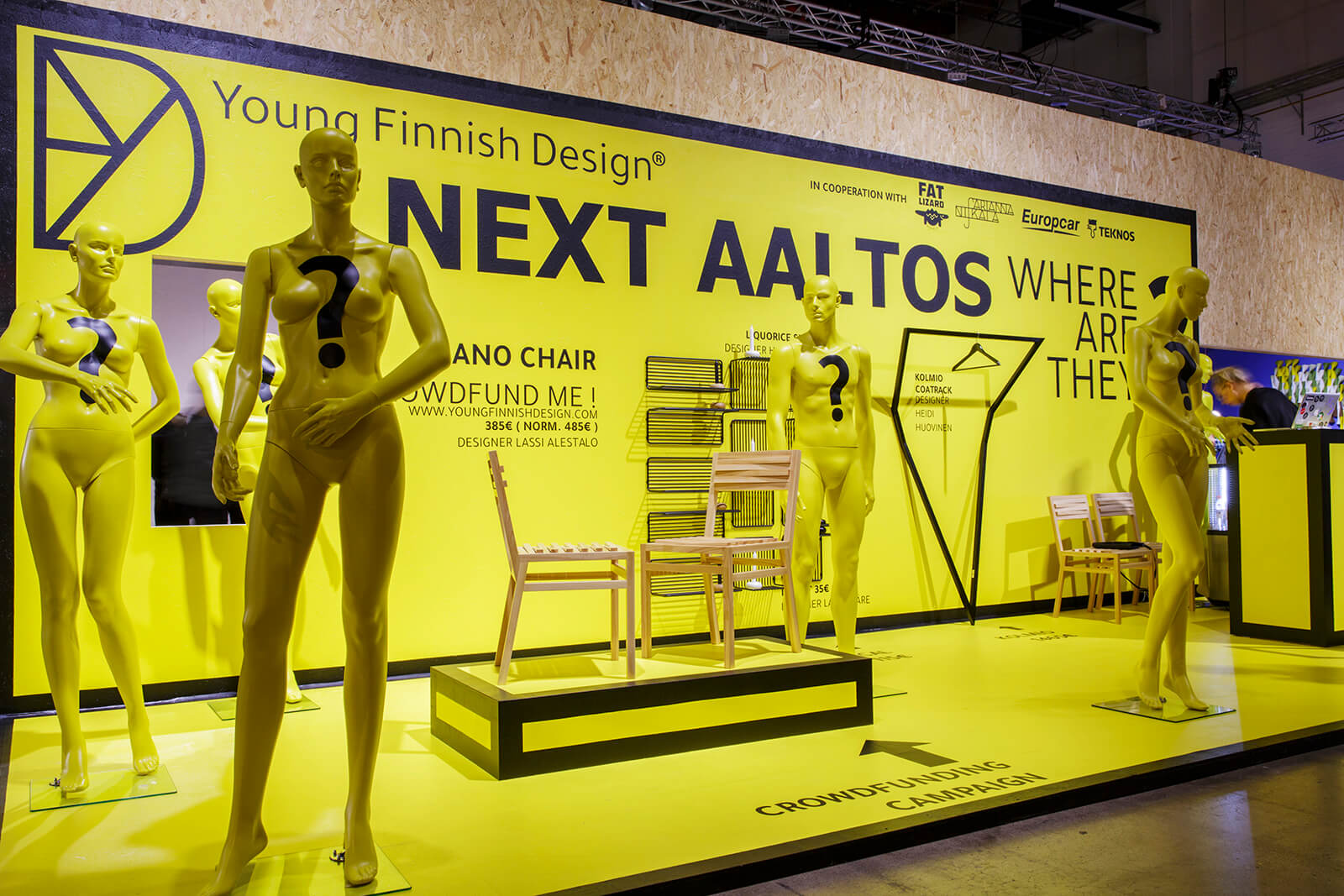
Installation view ‘Block’
COURTESY: Habitare / PHOTOGRAPH:Maija Astikainen
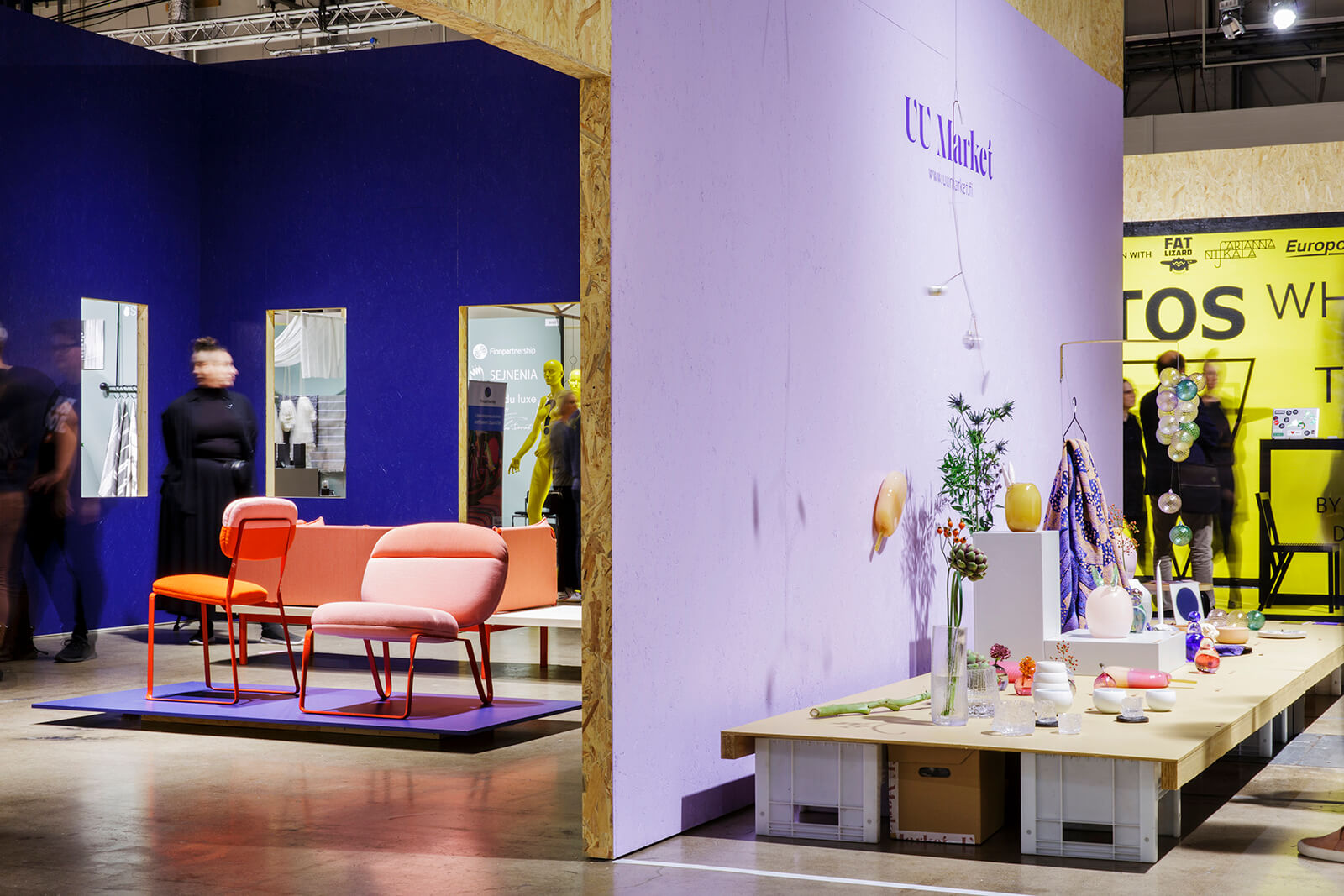
Installation view ‘Block’
COURTESY: Habitare / PHOTOGRAPH:Maija Astikainen
The five-storey Erottaja 2 building, meanwhile, designed by architect Theodor Höijer and completed in 1891, incorporates 65 rooms, which were used as exhibition spaces for design creatives from a wide range of different fields, from furniture to lighting to fashion and graphic design.
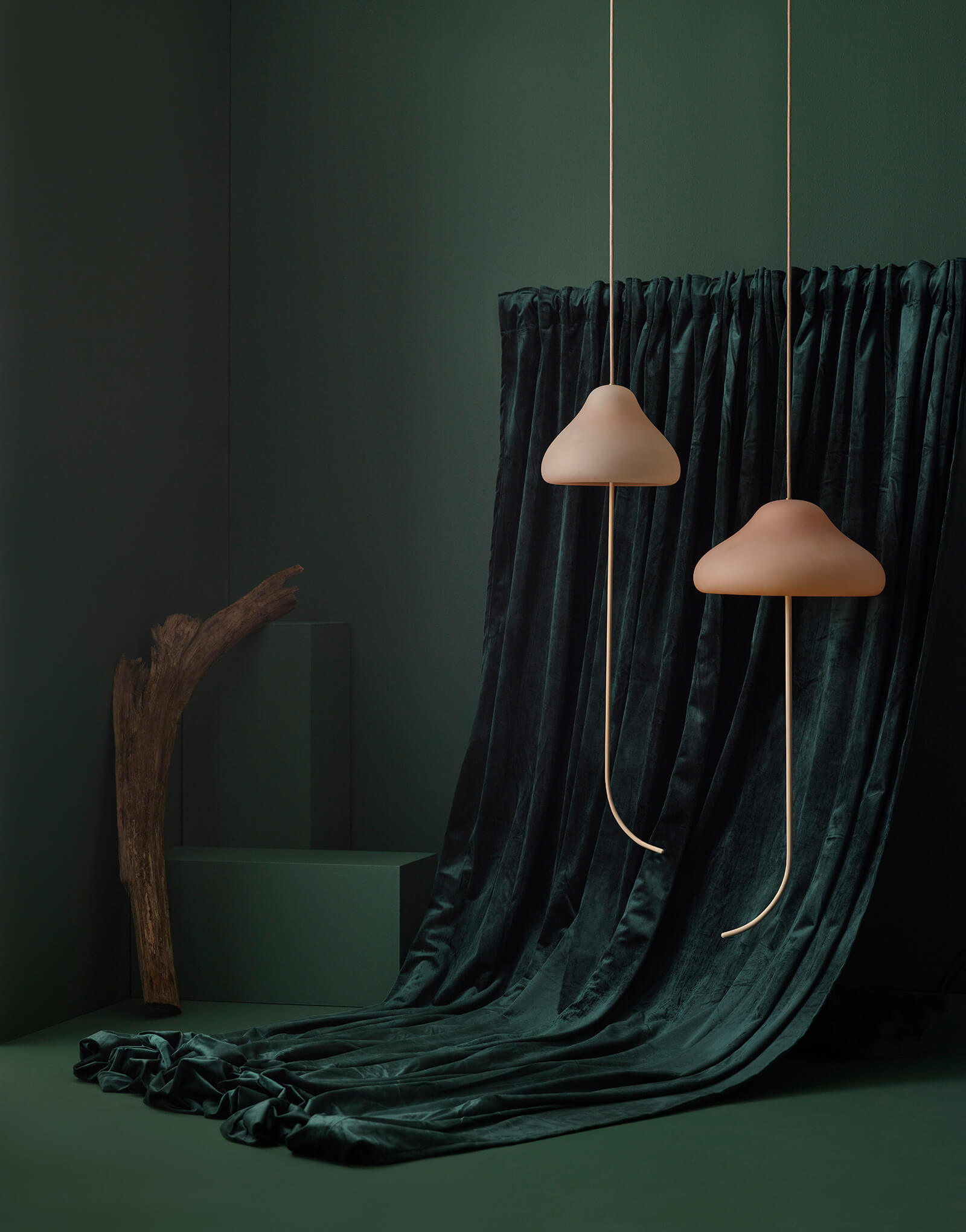
Maija Puoskari, ‘Hiippa’ lighting
COURTESY: Puhdetyö / STYLING: Anna Pirkola / PHOTOGRAPH: © Katri Kapanen
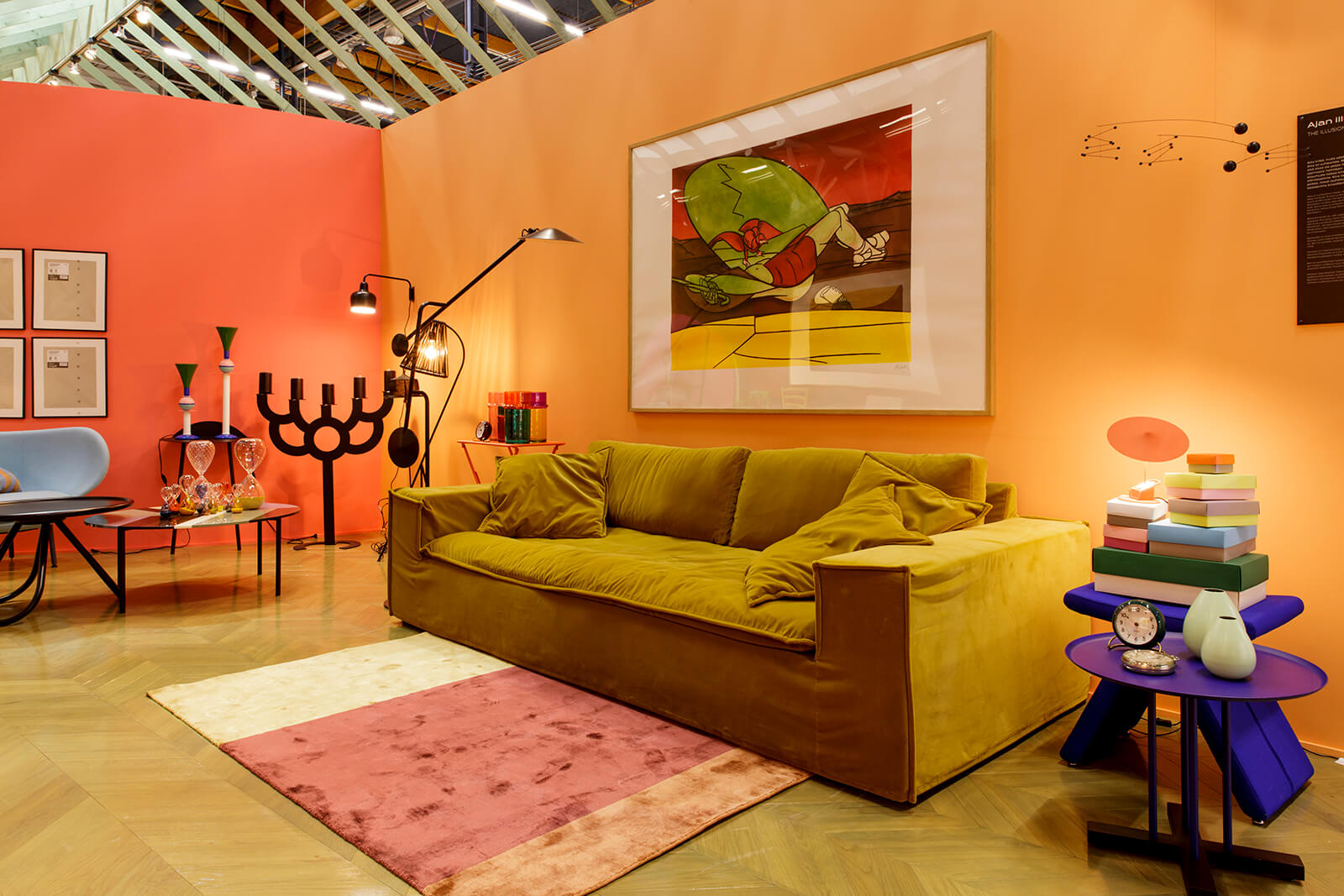
Installation view ‘Habitare’
PHOTOGRAPH: Maija Astikainen
Today, Finland’s passion for nature chiefly manifests itself as a concern for sustainability: HDW’s overarching theme was ‘Learning Climate’ — a necessary one perhaps, given that the city aims to be carbon-neutral by 2035. An almost universal obsession among vast swathes of the global design community today, thinking about sustainability comes comparatively naturally to Finnish designers, since the country — impoverished by reparations paid to the Soviet Union after the Second World War and later badly hit by the 1990s recession — doesn’t have a heavily consumerist past. That said, Helsinki’s status as World Design Capital in 2012 boosted its design profile, symbolised by its new library, Oodi, an arrestingly organic-looking building.
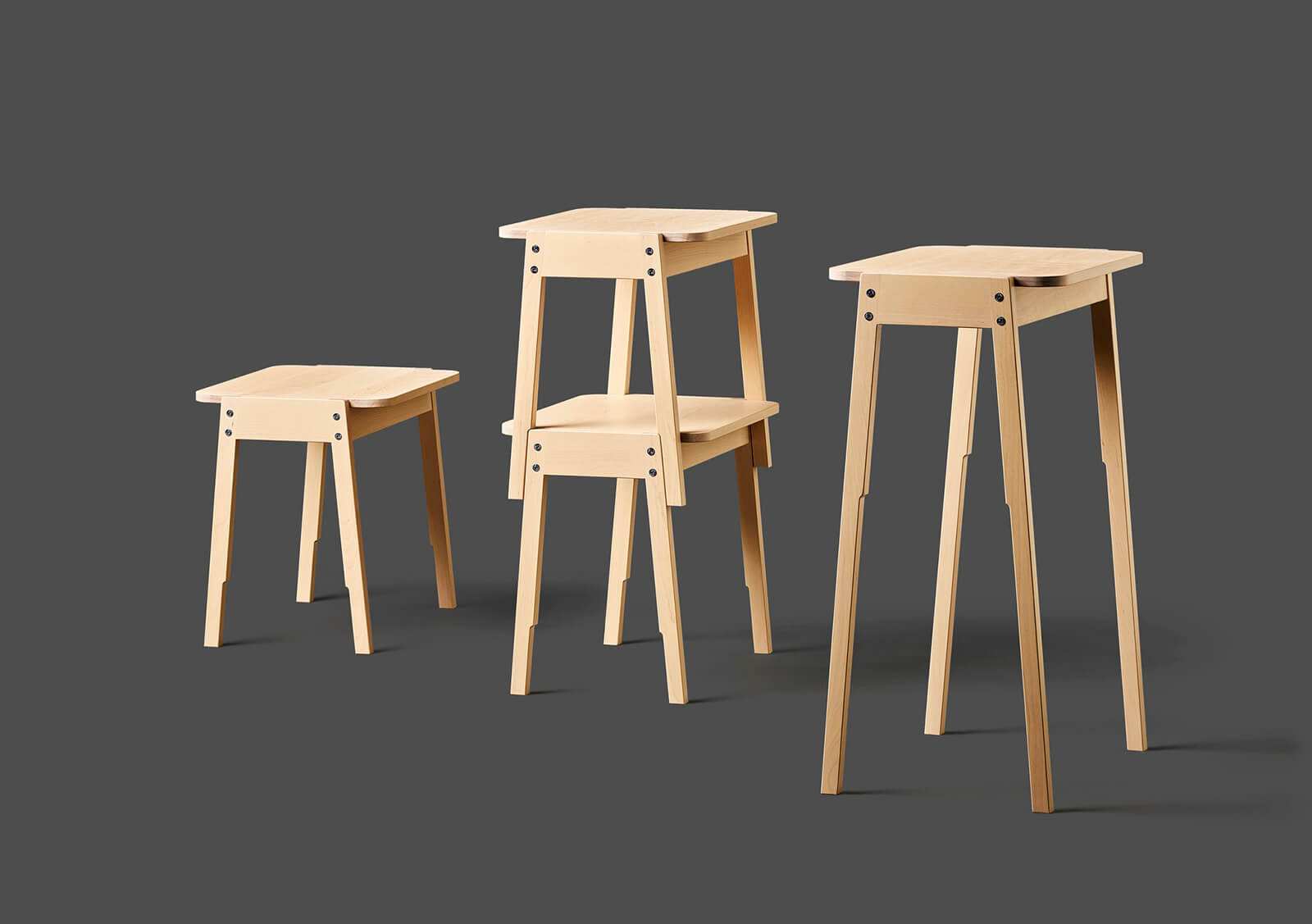
Tomi Laukkanen, ‘Friends’ furniture set, 2019
COURTESY: Habitare Protoshop / PHOTOGRAPH: Mikko Hannula
Finnish design is also feted for its functionality, longevity and affordability. Every year, Habitare appoints an ‘International Friend’, who selects his or her favourite pieces from the show. This year, it was Alberto Alessi, president of Alessi. Speaking at Habitare, he wryly commented: “The Finnish emphasise functionalism, perhaps too much. The Italians are the opposite: they pay too much attention to self-expression.”
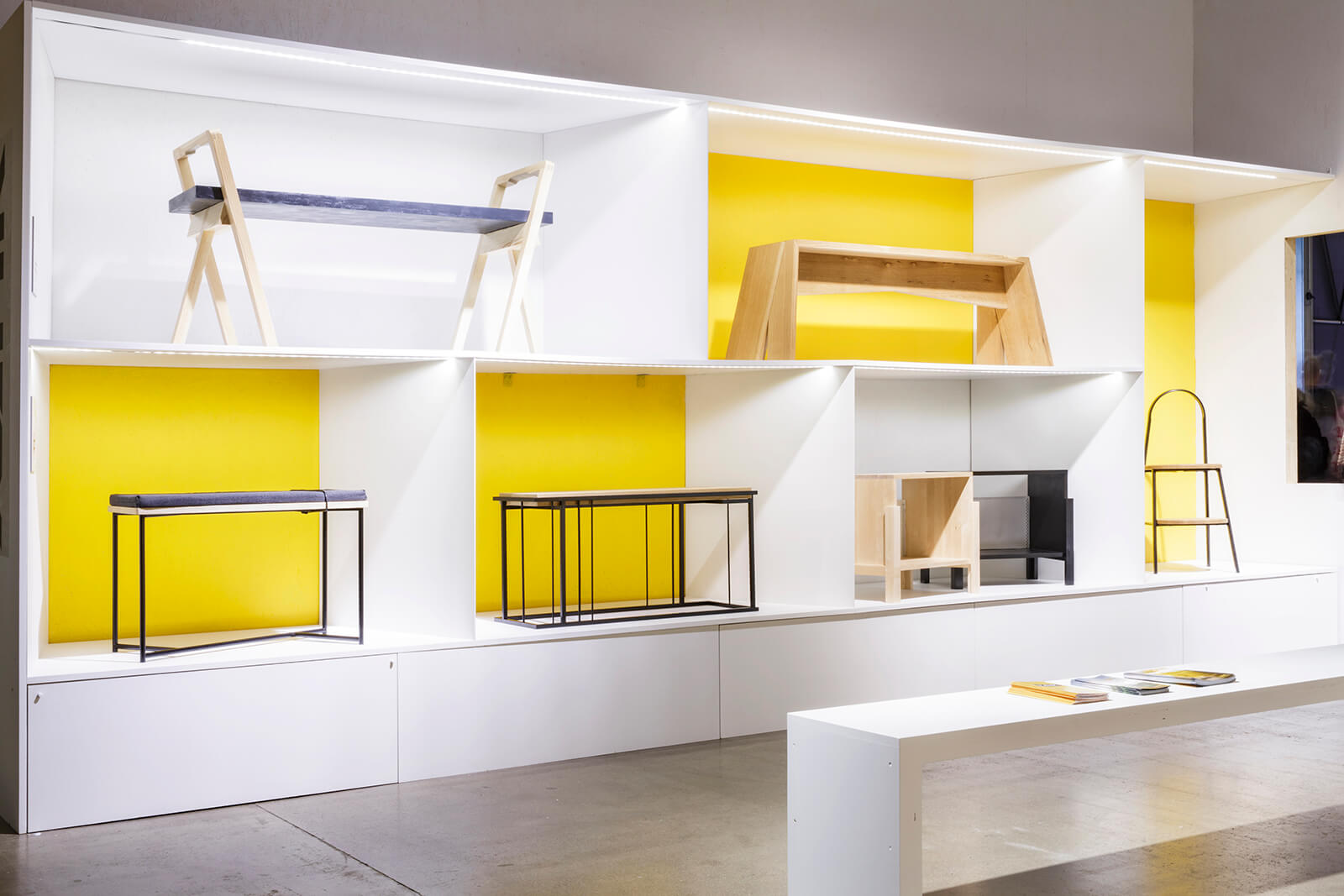
Installation view ‘Block’
COURTESY: Habitare / PHOTOGRAPH:Maija Astikainen
‘Block’ was certainly one of Habitare’s standout areas. Its section, ‘Protoshop’, now in its 11th year, displays innovative prototypes. Here, half-Japanese, half-Belgian Elisa Defossez showed her piece ‘Nuku’ — a stylish, modular wall panel fashioned from interlinked felt rectangles with good acoustics, enhanced by a screen printed geometric pattern: “Anything with texture helps absorb sound,” she explained. Meanwhile, Finnish designer Laura Meriluoto presented her adjustable floor lamp ‘Varpu’, meaning branch in Finnish, which pairs a light source with a magnifying lens: it can intensify light for reading or, repositioned, provide softer, more ambient lighting. Finland’s penchant for functionality can be exaggerated however, as its design is becoming increasingly eclectic, decorative and multisensory.
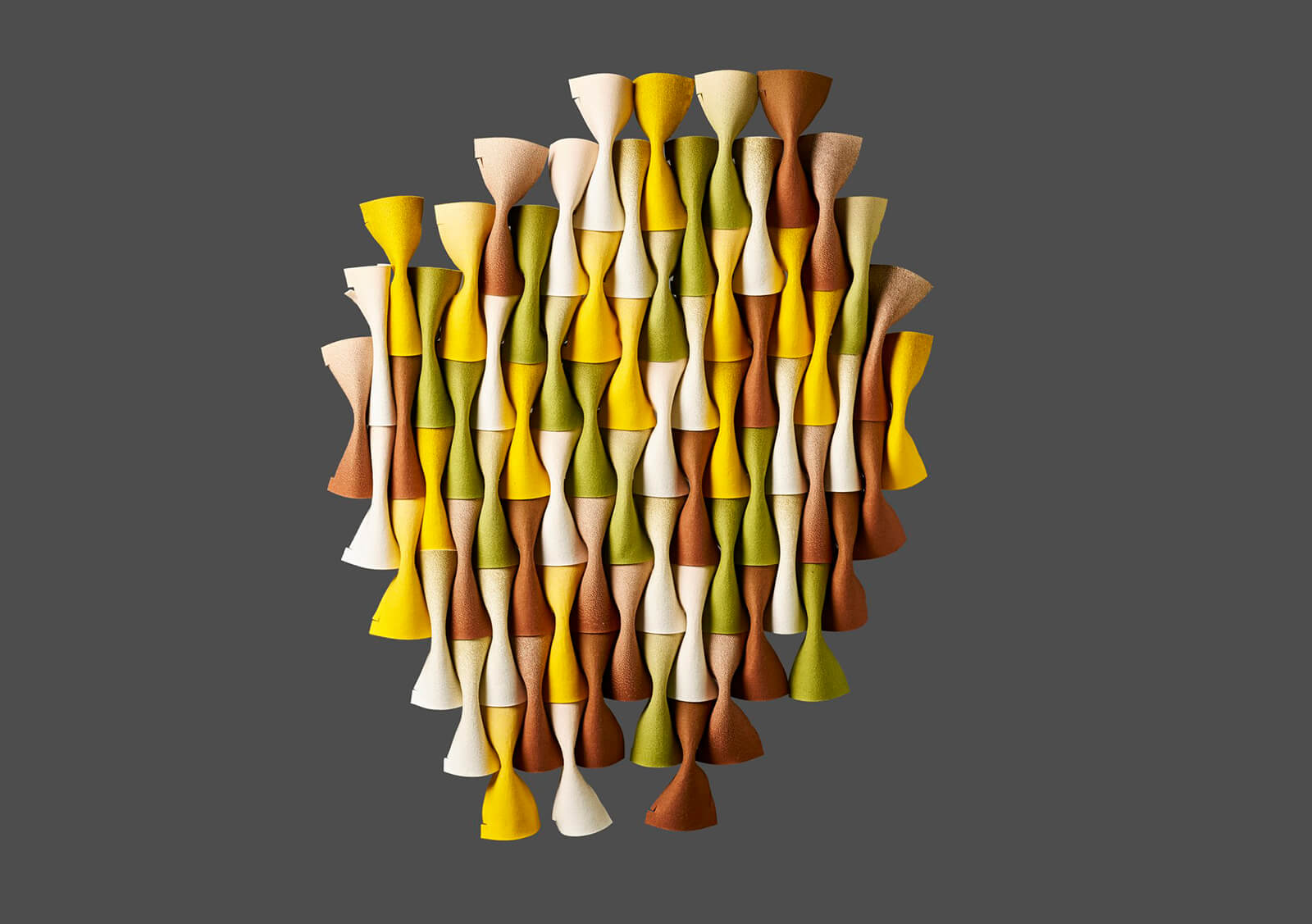
Elisa Defossez, ‘Nuku’, 2019
PHOTOGRAPH: Mikko Hannula
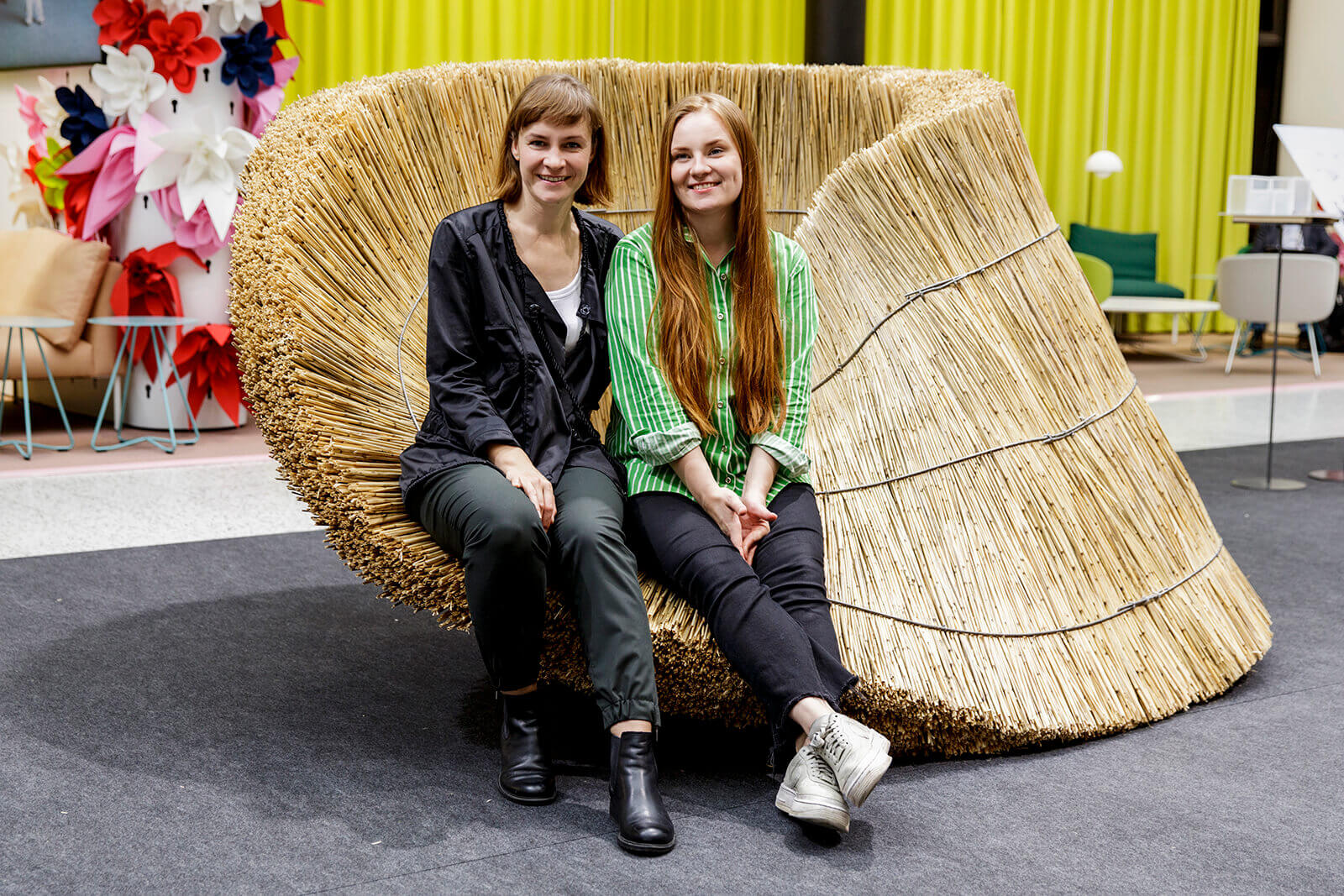
Winners of the Habitare Design Competition, Kadri Kallaste and Pinja Koskelin with their design ‘Gulf of Reed’
COURTESY: Habitare
Another section of ‘Block’, ‘Talentshop’, showcased Laura Itkonen’s delicate ceramic tiles that fuse handcrafting with 3D-printing and feature metallic glazes or pitted textures redolent of eroded rocks. Another designer, Hemmo Honkonen, showed his interactive Audible Furniture collection, which emits different sounds. This includes a chair with a pleated paper element under the seat. When you sit on it, the seat sinks and rises, making a sound like an accordion playing. Another piece, a wall-hung cabinet, makes a rippling musical sound when you slide open its door.
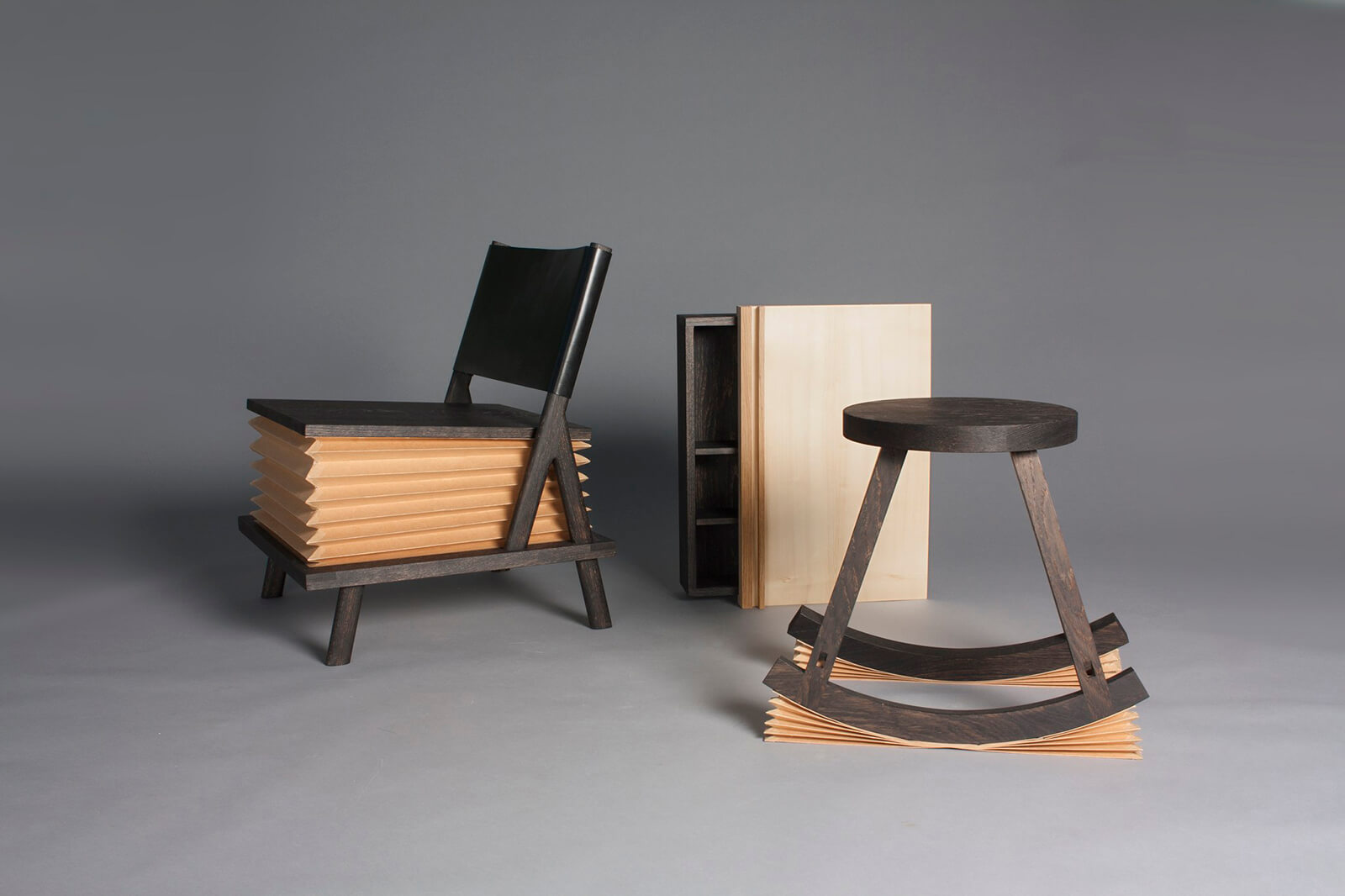
Hemmo Honkonen, ‘Audible furniture collection’, 2019
COURTESY: Talentshop
Meanwhile, another section, the trends-focused area, ‘Signals’, was dominated by a reproduction of Gustav Klimt’s opulent painting, ‘The Kiss’. The space’s walls were also painted rich shades — burnt orange, avocado, plum — and cluttered with decorative homeware, such as curvilinear mirrors, vases, clocks and colourful geometric wooden storage jars inspired by 1980s Italian design collective Memphis. Co-curator Susanna Björklund, a trend analyst, explained that today we desire interiors that “stir emotions as a backlash to the digital.”
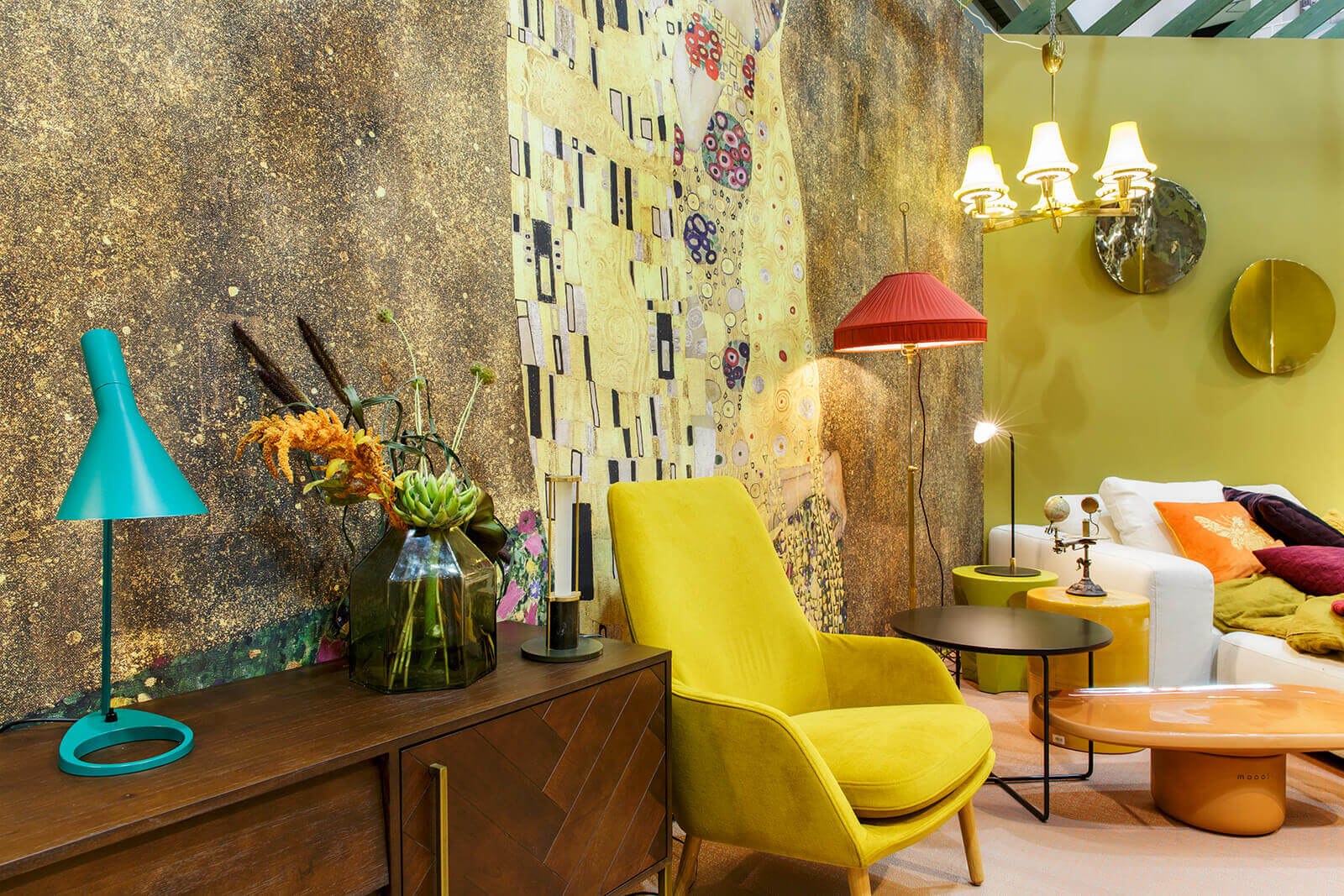
Installation view ‘Signals’
PHOTOGRAPH: Maija Astikainen
One striking piece, seen at the stand of Finnish furniture brand Hakola in the main part of the fair, was Hanna Anonen’s playful, tiered ‘Cocktail’ chandelier in sugared-almond shades.
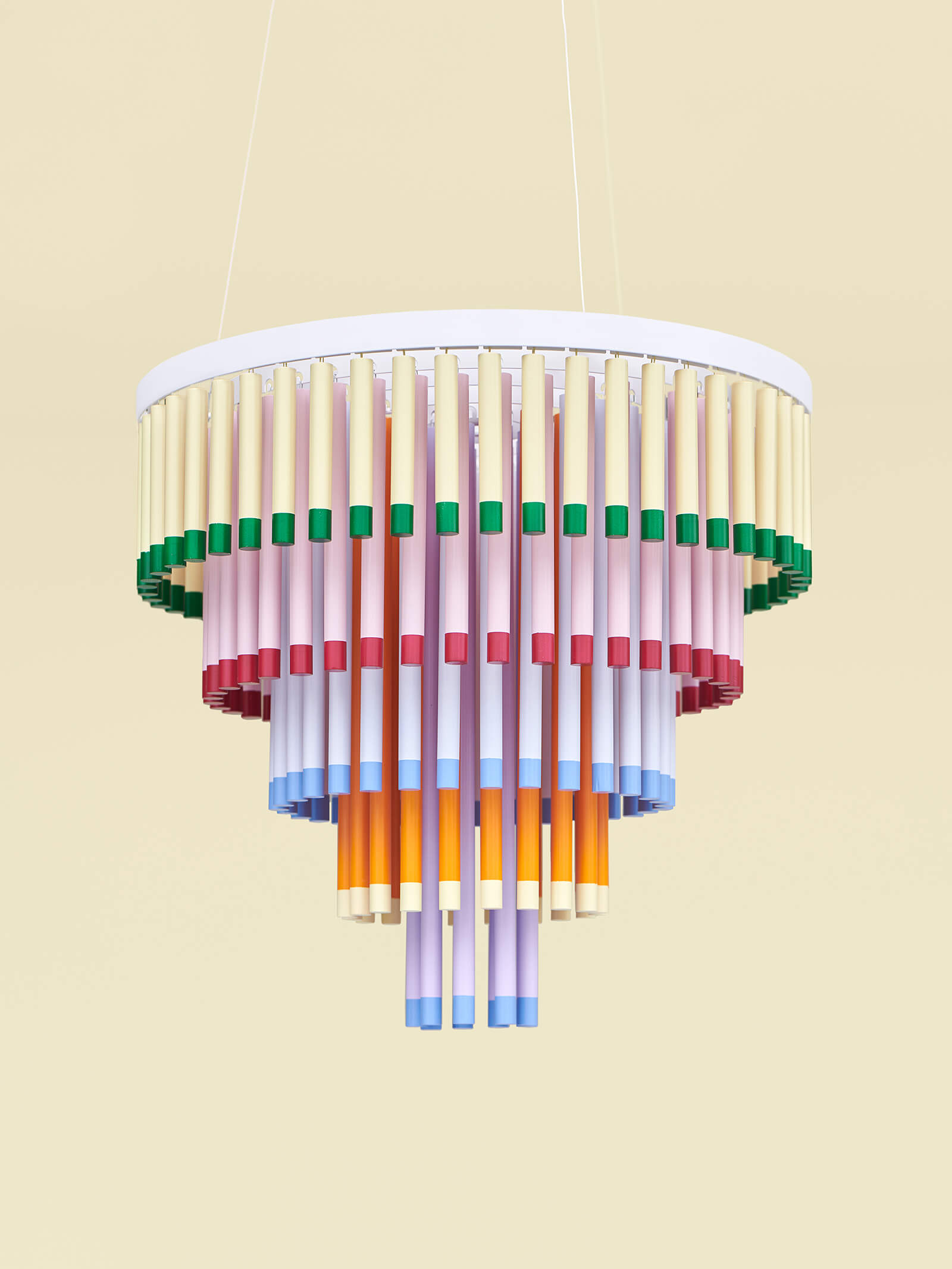
Hanna Anonen, ‘Cocktail’ chandelier, 2019
COURTESY: Hakola
At Erottaja 2, highlights included ceramicist Karin Widnäs’s subtly 3D, verdigris-green tiles and the exhibition ‘Puhdetyö’ in the space ‘Room with A View’. This included Julie Tolvanen’s ‘Sketch Vases’ in clear or smoky brown glass, whose jagged-looking yet smooth edges were cut with scissors when the glass was molten.
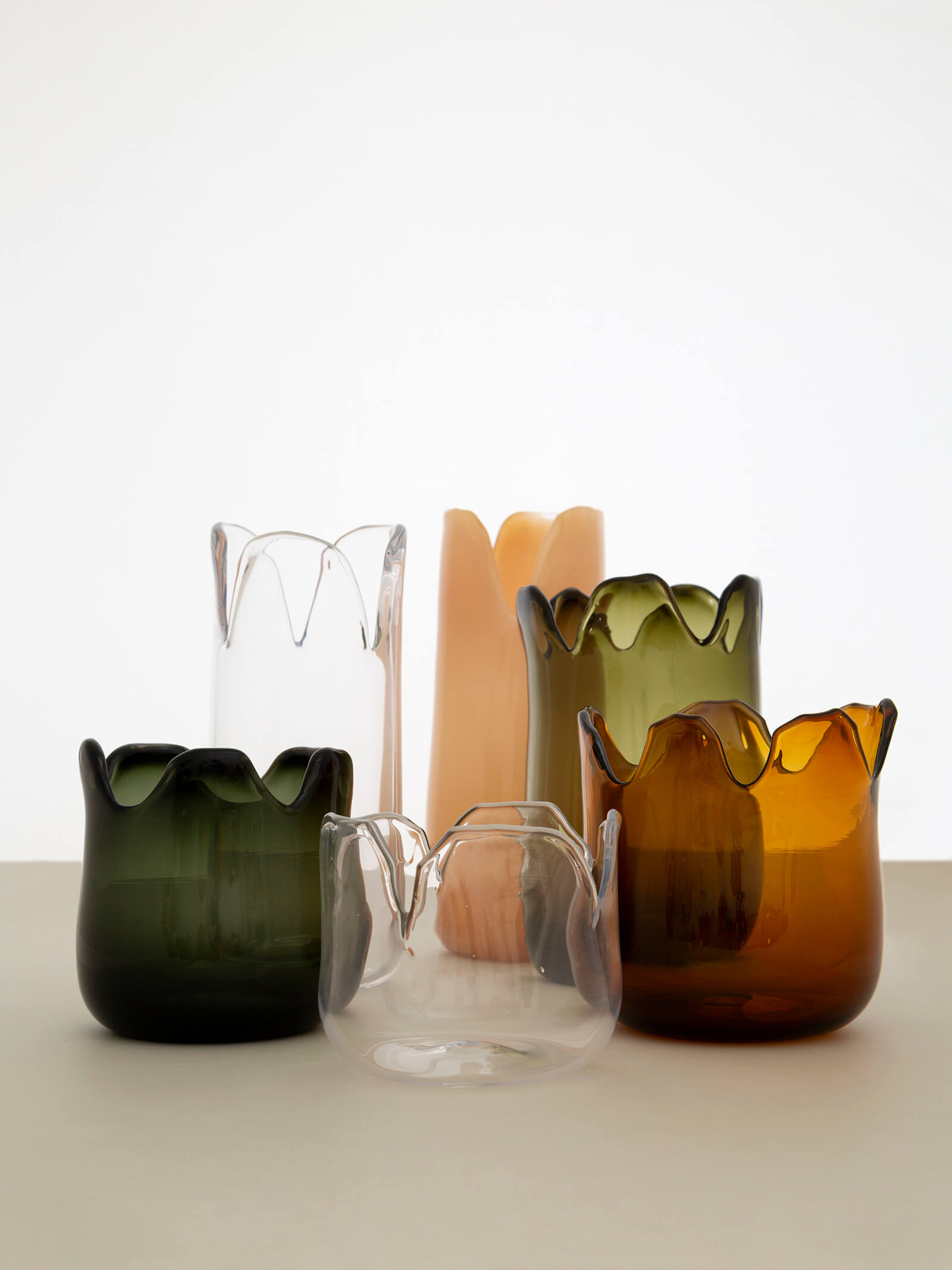
Julie Tolvanen, ‘Sketch Vases’, 2019
PHOTOGRAPH: © Aino Huhtaniemi
At a separate Finnish event, the Fiskars Village Art & Design Biennale — just over an hour’s drive away from Helsinki — nature truly came to the fore. This verdant village has been home to a community of craftspeople since the 1980s. A key attraction there was British designer Jasper Morrison’s new outdoor project, Social Seating, for which he commissioned other designers to create park benches, arranged along a meandering river. The idea straddled several recognisable traits of Finnish design — practicality, communality and a love of nature.
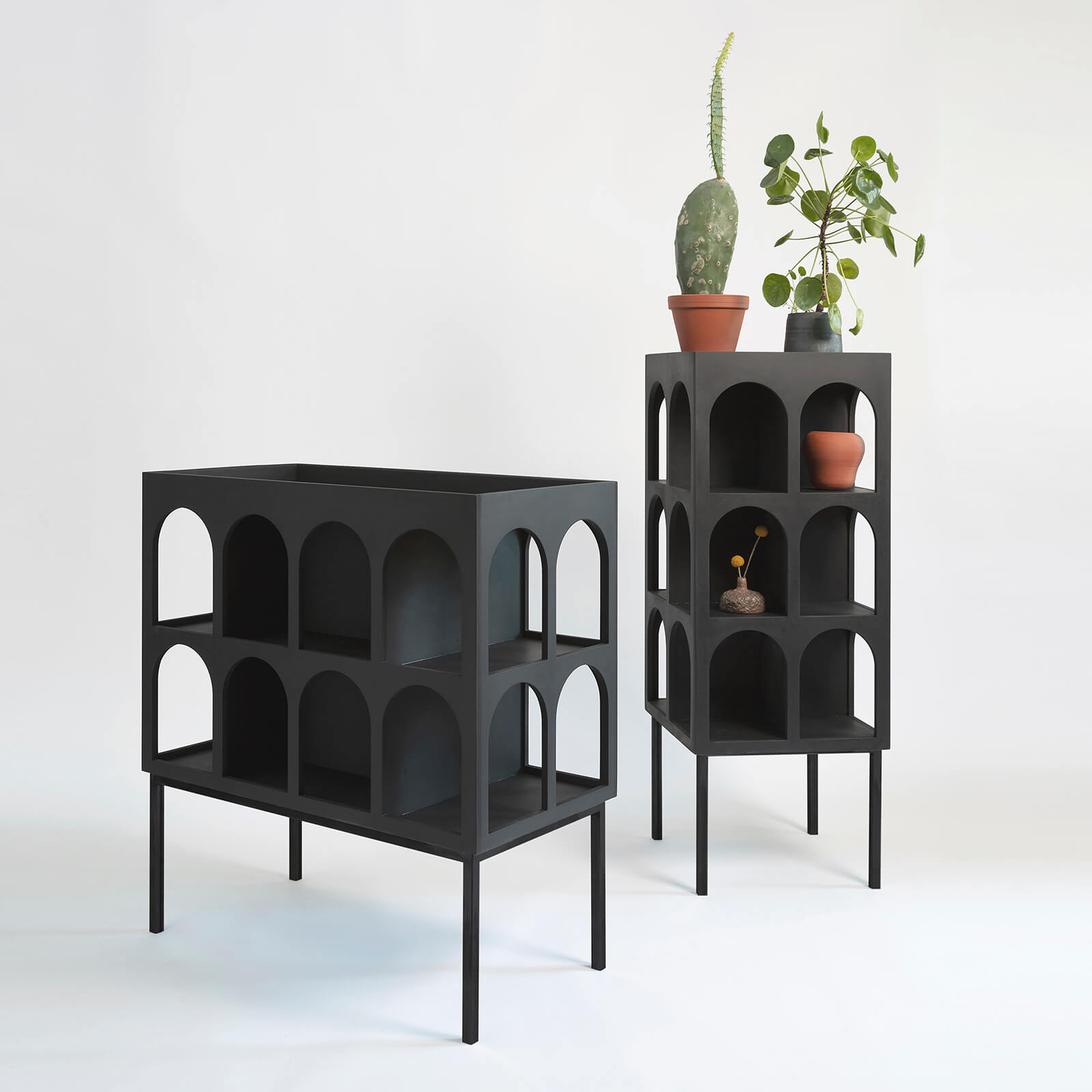
Aalto + Aalto, ‘Insulae’ cabinets
PHOTOGRAPH: © Aino Huhtaniemi
Helsinki Design Week – the largest design festival in the Nordic countries.




